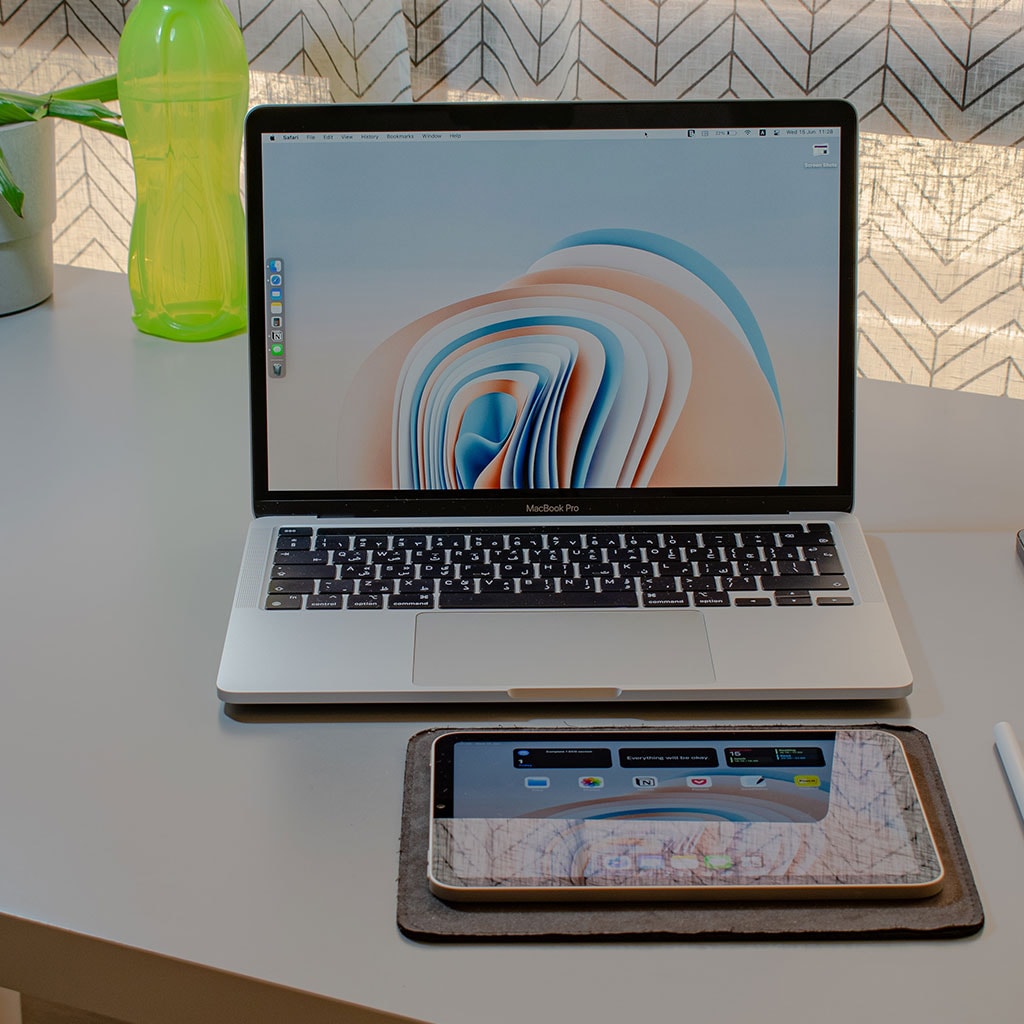Can an iPad do the same as a MacBook?
Can an iPad do the same as a MacBook?
Delve into the functionalities and comparisons between an iPad and a MacBook to assess their similarities in performance, productivity, and capabilities. Explore how an iPad matches up to a MacBook in various tasks and functionalities for a comprehensive understanding of their respective potentials.
Is the functionality of an iPad similar to that of a MacBook?
While iPads and MacBooks share some functionalities and can perform similar tasks, they are distinct devices designed with different purposes and operating systems, offering varying capabilities and user experiences.
- Hardware and Form Factor:
- iPads are tablet devices with touchscreen interfaces, providing portability and versatility for tasks like web browsing, media consumption, note-taking, and certain productivity activities. They generally have less processing power, limited storage compared to MacBooks, and lack physical keyboards (though keyboards can be attached separately).
- MacBooks, on the other hand, are traditional laptops equipped with more powerful hardware, a full desktop operating system (macOS), larger storage options, and dedicated input devices like a keyboard and trackpad. They are well-suited for resource-intensive tasks like professional software usage, heavy multitasking, and demanding applications.
- Operating Systems and Software:
- iPads run on iPadOS, a mobile operating system optimized for touch interactions, offering a range of apps from the App Store, including productivity suites, creative tools, and games. However, the software available might have limitations compared to the full-fledged desktop applications available on macOS.
- MacBooks run on macOS, a desktop-class operating system providing access to a broader range of software applications, professional-grade software, and development tools that might not be available or optimized for iPadOS.
- Productivity and Workflow:
- iPads can handle various productivity tasks, including email, web browsing, document editing, and lightweight creative work. With accessories like keyboards and the Apple Pencil, they can be suitable for specific workflows but might lack the power or specific software required for complex tasks.
- MacBooks excel in handling more demanding tasks such as video editing, software development, graphic design, and other professional-grade applications. Their larger storage capacity, powerful processors, and access to a wide array of software make them the preferred choice for complex workflows.
While both devices offer overlapping functionalities, the choice between an iPad and a MacBook largely depends on the user’s needs, preferred workflow, and the complexity of tasks. iPads are excellent for on-the-go tasks and light productivity, while MacBooks cater to a wider range of tasks, especially those requiring higher performance and specific software compatibility.
How does the software on an iPad compare to a MacBook in terms of productivity, creativity, and specialized apps?
The software available on an iPad and a MacBook differs in terms of productivity tools, creative software, and specialized applications due to the distinction in their operating systems and the intended use cases for each device. While both platforms offer a range of productivity tools, the macOS ecosystem on a MacBook provides access to a broader selection of professional-grade software and applications designed specifically for desktop use. MacBooks are capable of running robust productivity suites such as Microsoft Office, Adobe Creative Cloud applications like Photoshop and Premiere Pro, as well as specialized software for coding, development, and professional tasks. These applications are often optimized for desktop-class usage, offering a wider array of features and functionalities compared to their iPad counterparts.
Conversely, iPads, running on iPadOS, offer a unique selection of applications tailored for a portable device with touchscreen interaction. While iPad productivity tools like Apple’s Pages, Keynote, and Numbers provide efficient document editing, presentations, and spreadsheet capabilities, the iPad’s creative software, including apps like Procreate and Affinity Photo, cater to artistic endeavors. However, the major difference lies in the specialized applications available for iPads, which might not match the depth and complexity of their macOS equivalents due to the platform’s limitations. Additionally, while iPads support external displays and cellular connectivity, the hours of battery life might vary compared to MacBooks, emphasizing the iPad’s portable nature over extended desktop usage in terms of software functionality.
Conclusion
In conclusion, while both iPads and MacBooks offer overlapping functionalities, the choice between the two devices largely depends on the user’s needs, preferred workflow, and complexity of tasks. While a MacBook offers more powerful performance that can handle intensive tasks such as video editing and software development, an iPad might be better suited for light productivity, accessibility, portability, and creative endeavors. However, due to its operating system limitations, an iPad might not have access to the same selection of specialized applications as a MacBook.





You must be logged in to post a comment.